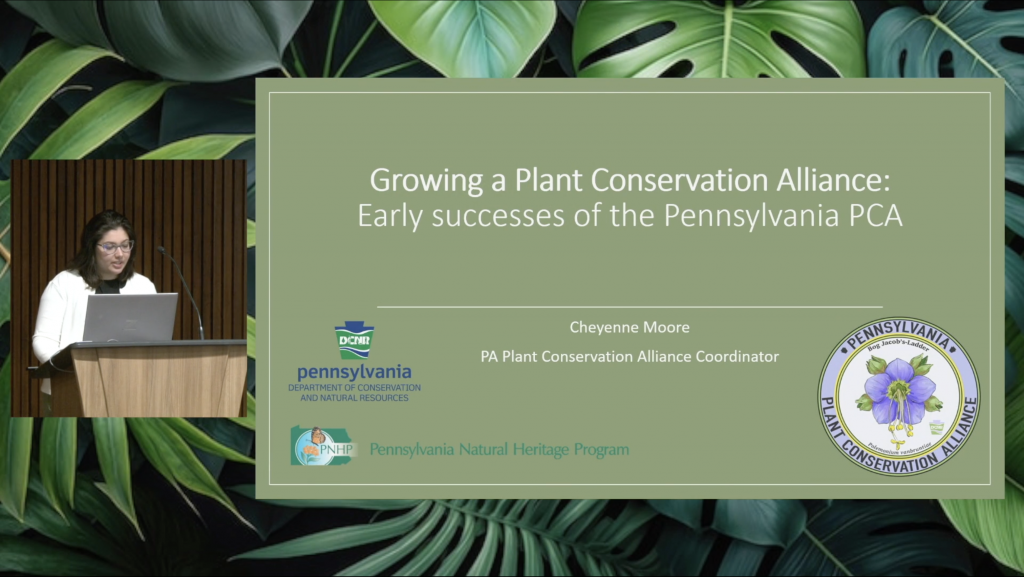
Since our start in 2022, the Pennsylvania Plant Conservation Alliance has been building partnerships. One such partnership with Longwood Gardens led to our first successful outplanting in 2023, creating a model for success that we hope to replicate in the future. Our work with globally rare bog Jacob’s ladder (Polemonium vanbruntiae) is setting the stage […]
Read More…
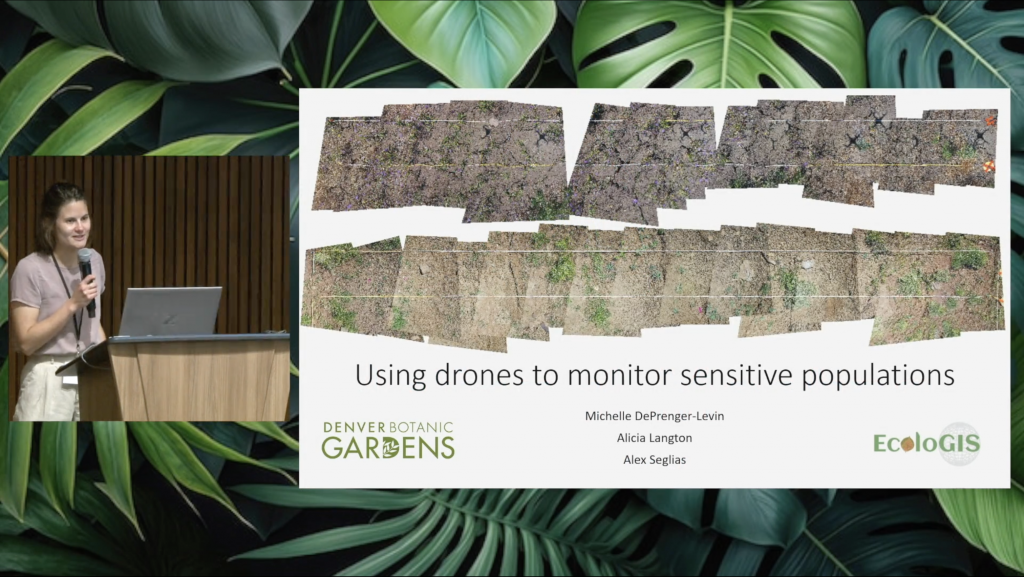
Denver Botanic Gardens has been conducting demographic studies of rare plants in Colorado since 1994 to inform extinction risk from demographic and environmental stochasticity. These studies are typically “low-tech” jobs that involve tracking survival, growth, and reproductive rates of individuals in the population. However, not all species are suitable for the traditional methods of annual […]
Read More…
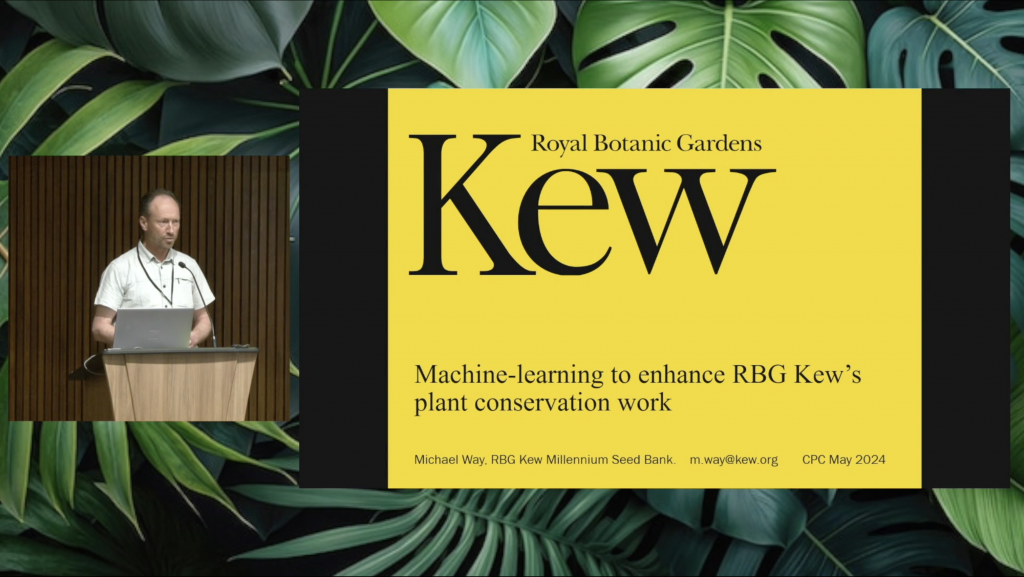
Where can the use of machine learning most enhance our plant conservation work? RBG Kew is exploring new approaches to prioritise conservation actions and speed up time-consuming analytical stages of the seed conservation process. Building on work to automate the Least Concern preliminary conservation assessments under the IUCN red list, RBG Kew authors have produced […]
Read More…
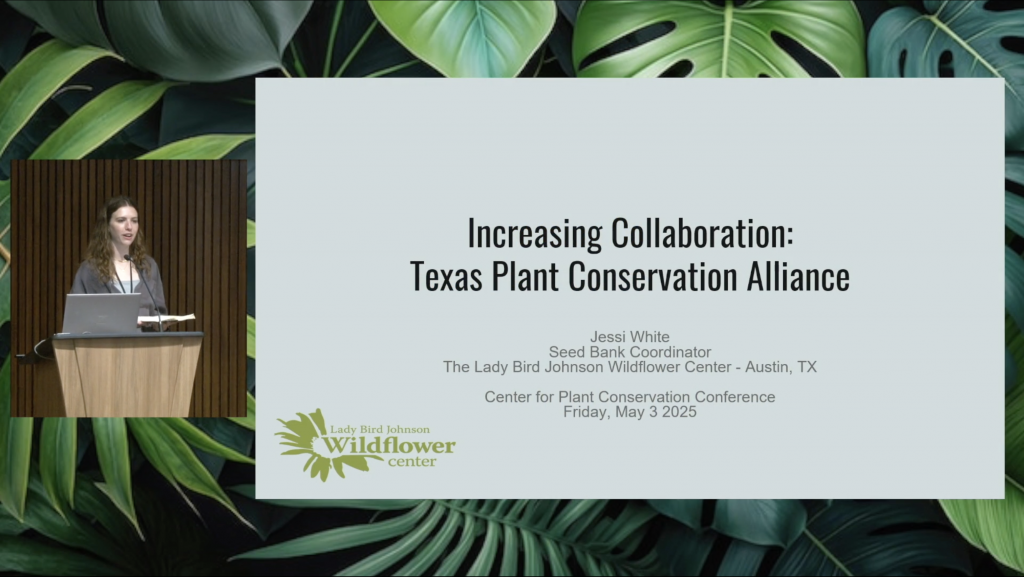
The Lady Bird Johnson Wildflower Center is the state botanic garden of Texas and a field station of the University of Texas at Austin. As part of our mission to inspire the conservation of native plants, we have programs focused on pollinator ecology, fire ecology, and targeted rare plant species conservation through seed banking. One […]
Read More…
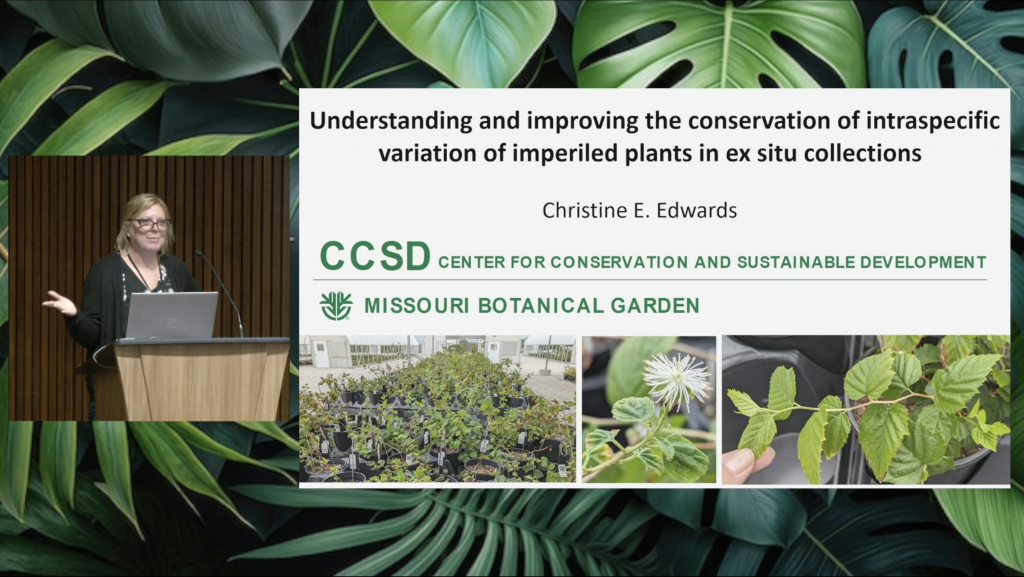
The representation of intraspecific variation of a plant species in ex situ collections is a major issue that has often been addressed by employing general collection guidelines, based on principles of population genetics, meant to be applicable to a wide range of plant species in the absence of genetic information. Recent studies show, however, that […]
Read More…
Genomics has revolutionized the field of conservation genetics. In recent years, the cost of sequencing thousands of loci from a single individual has dramatically dropped, making genomic tools more accessible for projects, even those with limited budgets. Genomic tools such as RADseq and target capture allow us to subsample the genome to allow for sequencing […]
Read More…

At times, many conservationists have issues with finding the exact part that fits their needs and even if it’s found, due to the niche it fills, it is often expensive or out of stock. Need an organizer for your GPS devices? Good luck. Best to use a bathroom organizer as a stand in for now. […]
Read More…
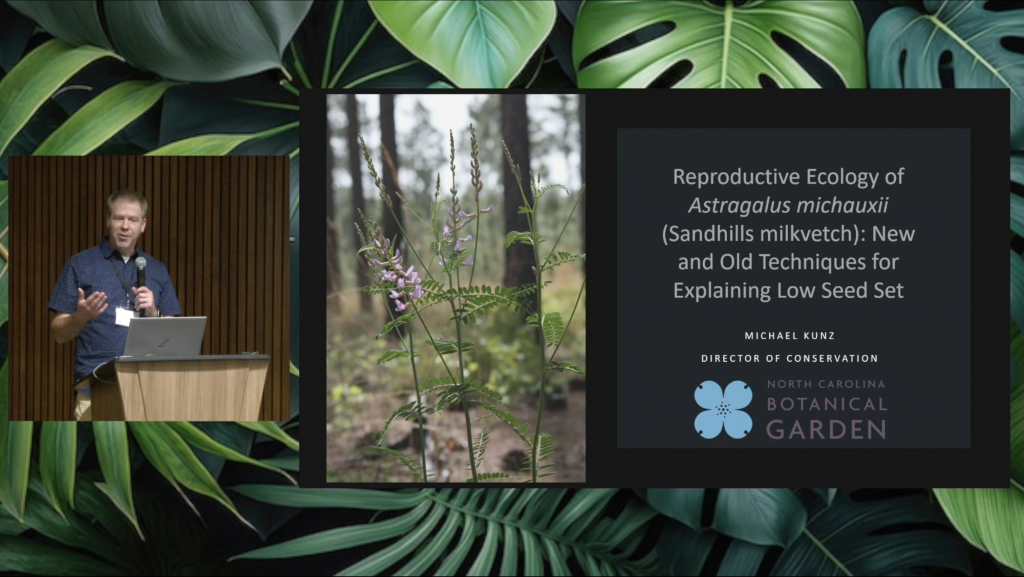
Michael Kunz, Director of Conservation at North Carolina Botanical Garden, shares research on Astragalus michauxii reproductive ecology to explain the rare plant’s low seed set. […]
Read More…
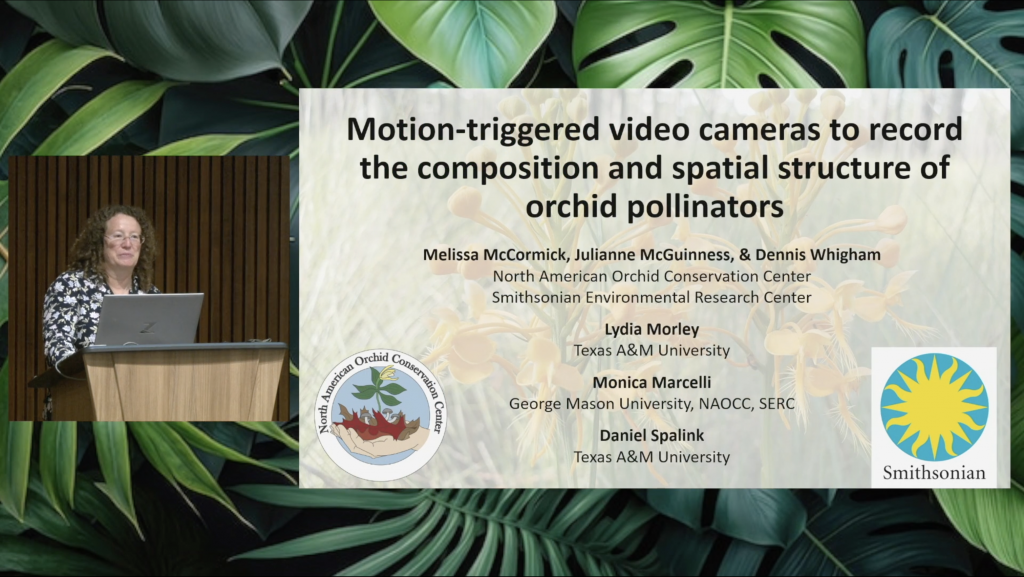
The pollinators for most of the 230 native orchid species in North America are either unknown or known from only a few locations. We cannot effectively conserve orchids without knowing the pollinators they depend on and how those pollinators change across a species’ range. Much of the challenge to documenting pollinators is the need to […]
Read More…
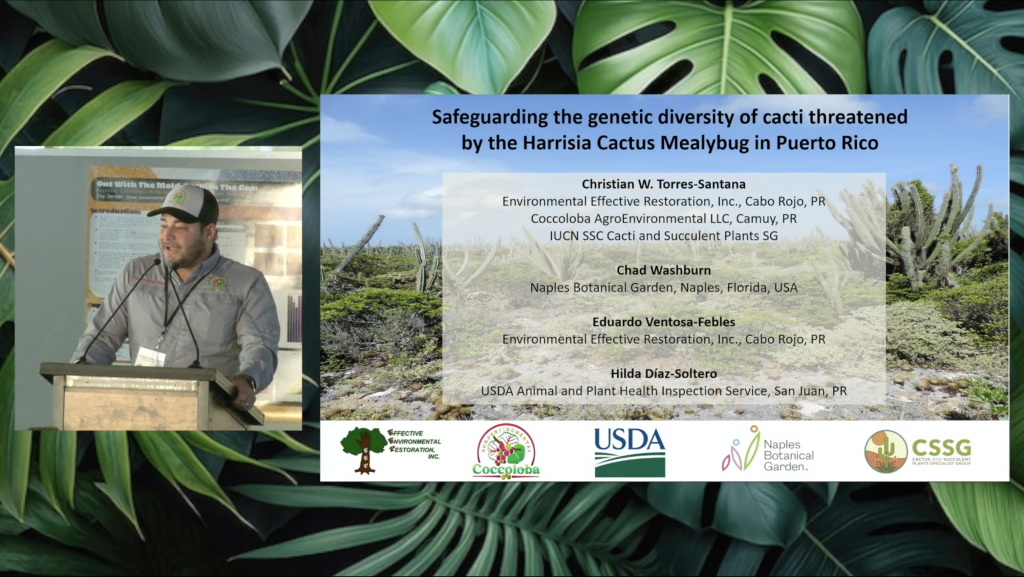
Within the Caribbean Islands, the cactus family (Cactaceae) comprises about 100 native taxa (75% endemic), mainly from subtropical dry forests. While some taxonomic discrepancies exist and new species are being discovered, the IUCN Red List considers only 20 Caribbean cacti species as threatened. Invasive insects deliberatively introduced as a biocontrol in Australia and South Africa, […]
Read More…
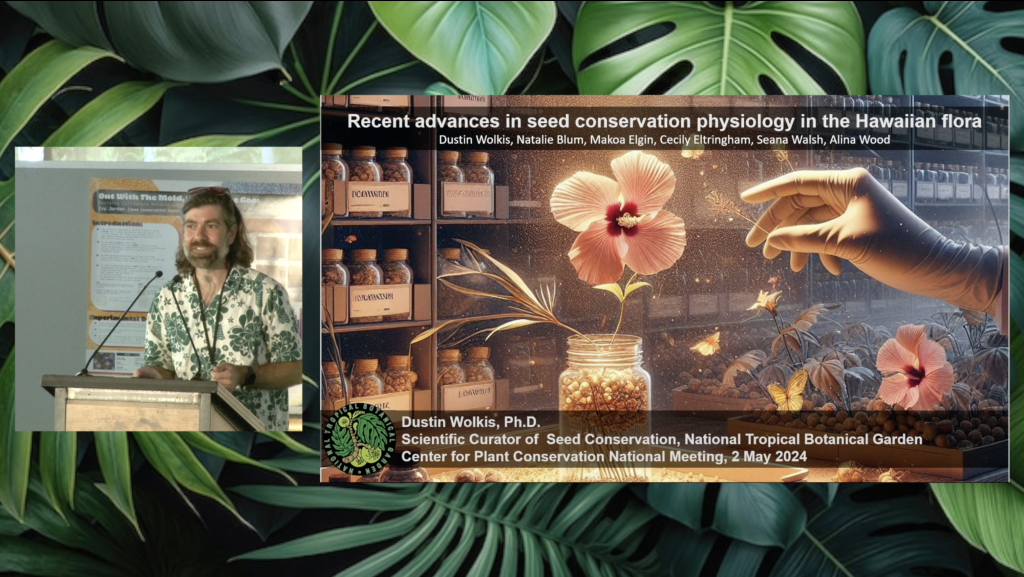
Storage of pollen allows for gene exchange between geographically isolated individuals, and for controlled pollination when flowering of staminate and pistillate flowers or individual plants is asynchronous. Desiccation of pollen is essential for the retention of high longevity, yet research into pollen storage behavior of wild species is infrequently performed. Hibiscus clayi and Pritchardia minor […]
Read More…
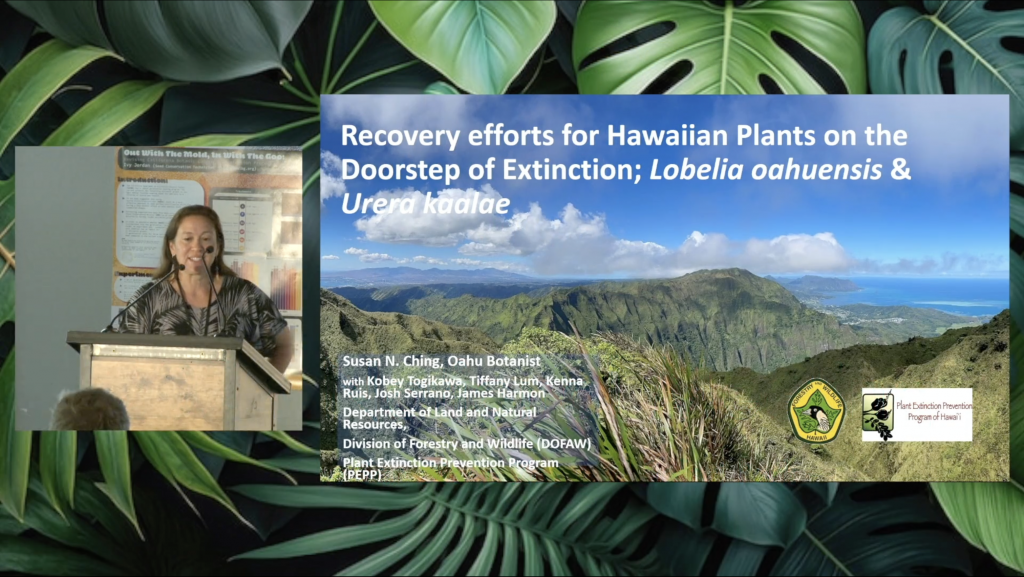
The O’ahu Division of Forestry and Wildlife and Plant Extinction Prevention Program selected two critically endangered species to focus recovery efforts on from 2020-present, with funding from the US Fish and Wildlife. Lobelia oahuensis is a monocarpic, rosette-forming member of the Campanulaceae that is narrowly endemic to the wet forests and shrublands of the highest […]
Read More…

Our new geologic era requires modern approaches for preventing extinction events. Previous work on plant extinctions in the United States and Canada identified that 64% were single-site endemics (Knapp et al. 2021). This agrees with a recent global analysis of plant extinctions that showed taxa from one area/or with extremely limited geographic ranges are the […]
Read More…
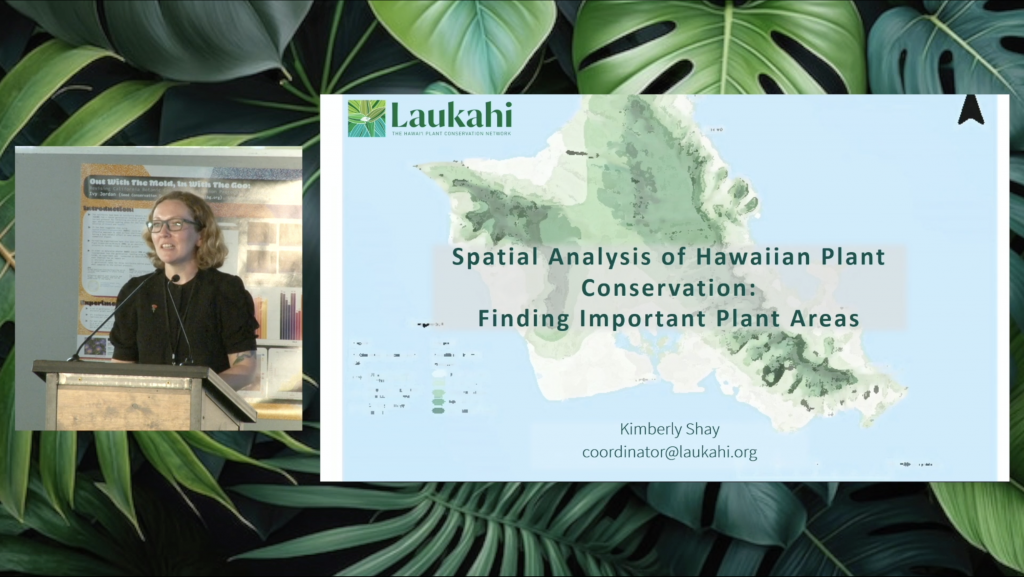
Laukahi: The Hawaiʻi Plant Conservation Network protects Hawai‘i’s rare plant species through coordinated conservation efforts and implementing the Hawaiʻi Strategy for Plant Conservation (Strategy). The Strategy is a framework of objectives and targets for conservation of plants identified as Species of Conservation Importance (SCI). A key subset of these targets includes urgent and efficient in […]
Read More…

Santa Cruz Island rockcress (Sibara filifolia) is an endangered annual wildflower in the mustard family that is endemic to California’s Channel Islands. The plant was believed to be extinct since the 1930s until it was rediscovered on San Clemente Island in 1986 and later found on Santa Catalina Island in 2001. However, Santa Cruz Island […]
Read More…

The Global Tree Conservation Program (GTCP) at the Morton Arboretum works to safeguard tree species, with a focus on oaks (genus Quercus) through research, conservation, and collaboration. Oaks are valuable keystone species that shape ecological relationships and provide multiple ecosystem services and economic benefits. Mesoamerica is the center of oak diversity, with an estimated 164 […]
Read More…
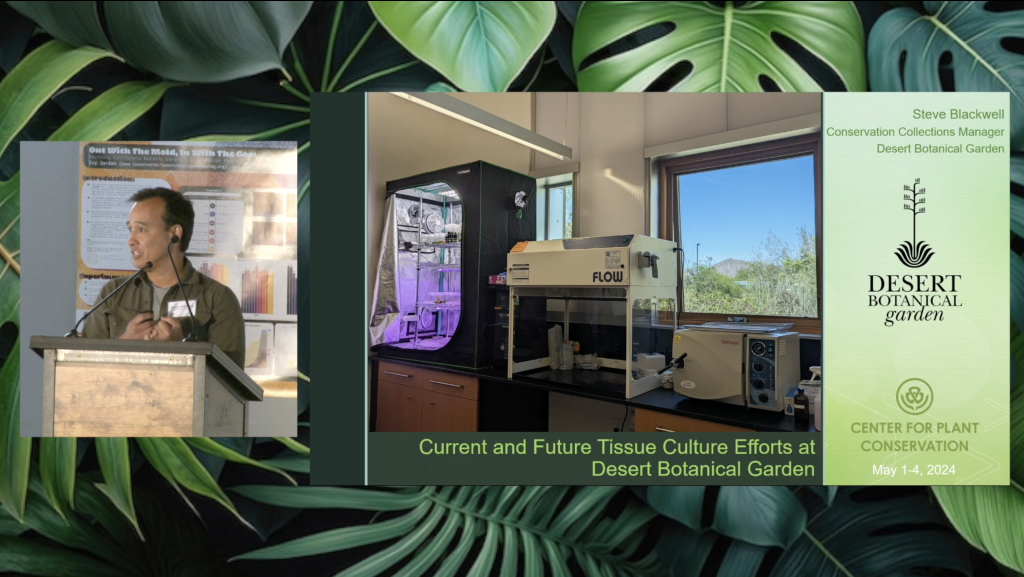
Micropropagation, commonly known as tissue culture, has long been recognized as a valuable tool for propagating rare plants in vitro, playing a pivotal role in plant conservation efforts. Despite its proven utility, tissue culture remains underutilized in many botanical institutions, primarily due to limited resources and perceived high costs associated with implementation. However, in 2020, […]
Read More…

The Catalina Island Conservancy has developed a micropropagation laboratory to overcome traditional horticultural challenges and provide reliable propagules of rare and endangered taxa. The current focus of the laboratory is to develop tissue culture protocols to produce plants of the endangered Santa Catalina Island Mountain Mahogany (Cercocarpus traskiae) and the endemic Santa Catalina Ironwood (Lyonothamnus […]
Read More…
















